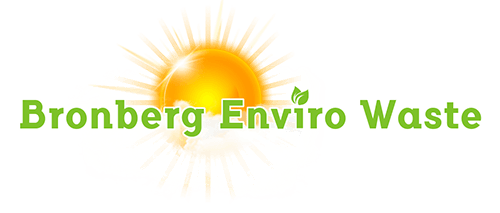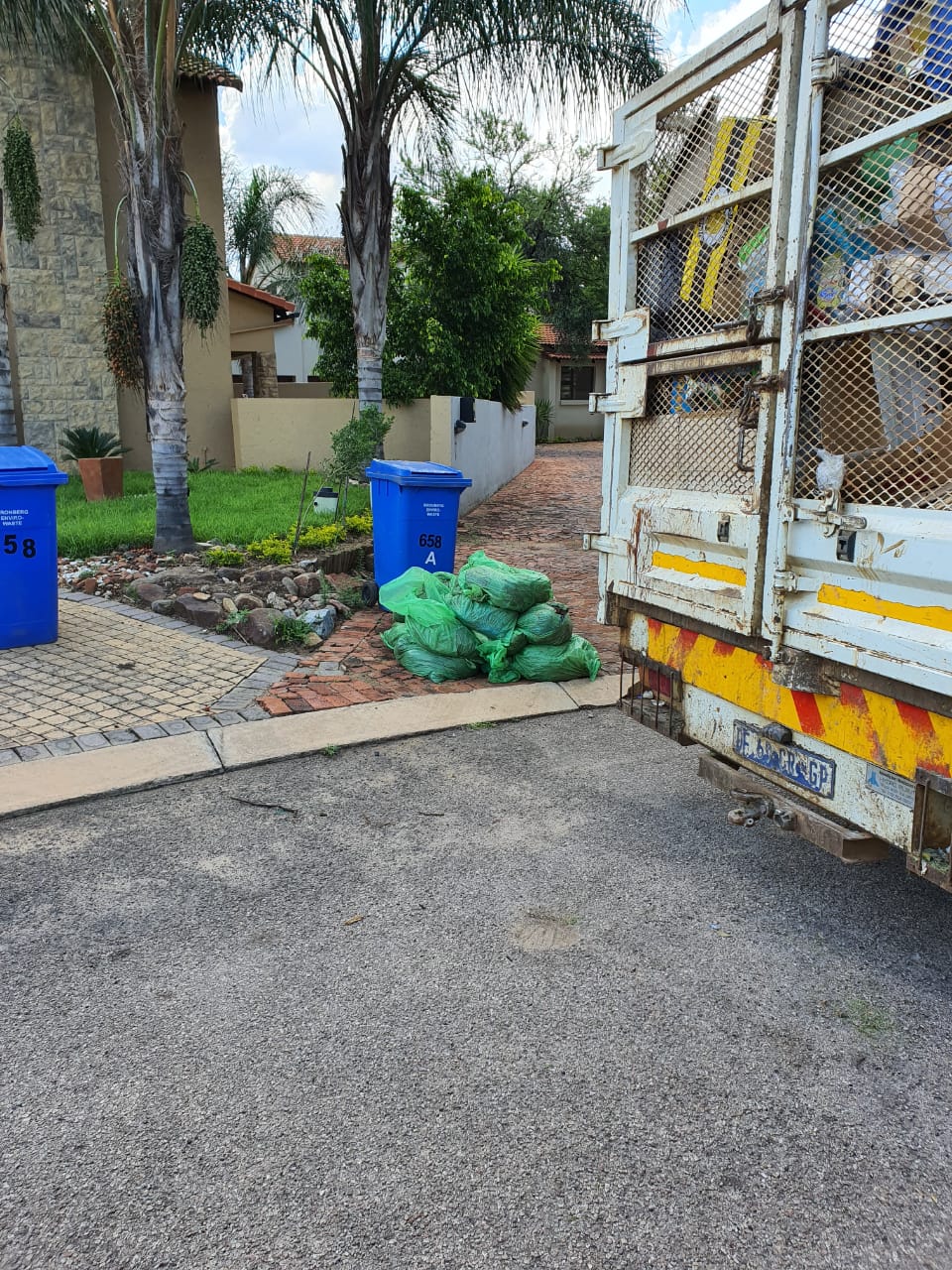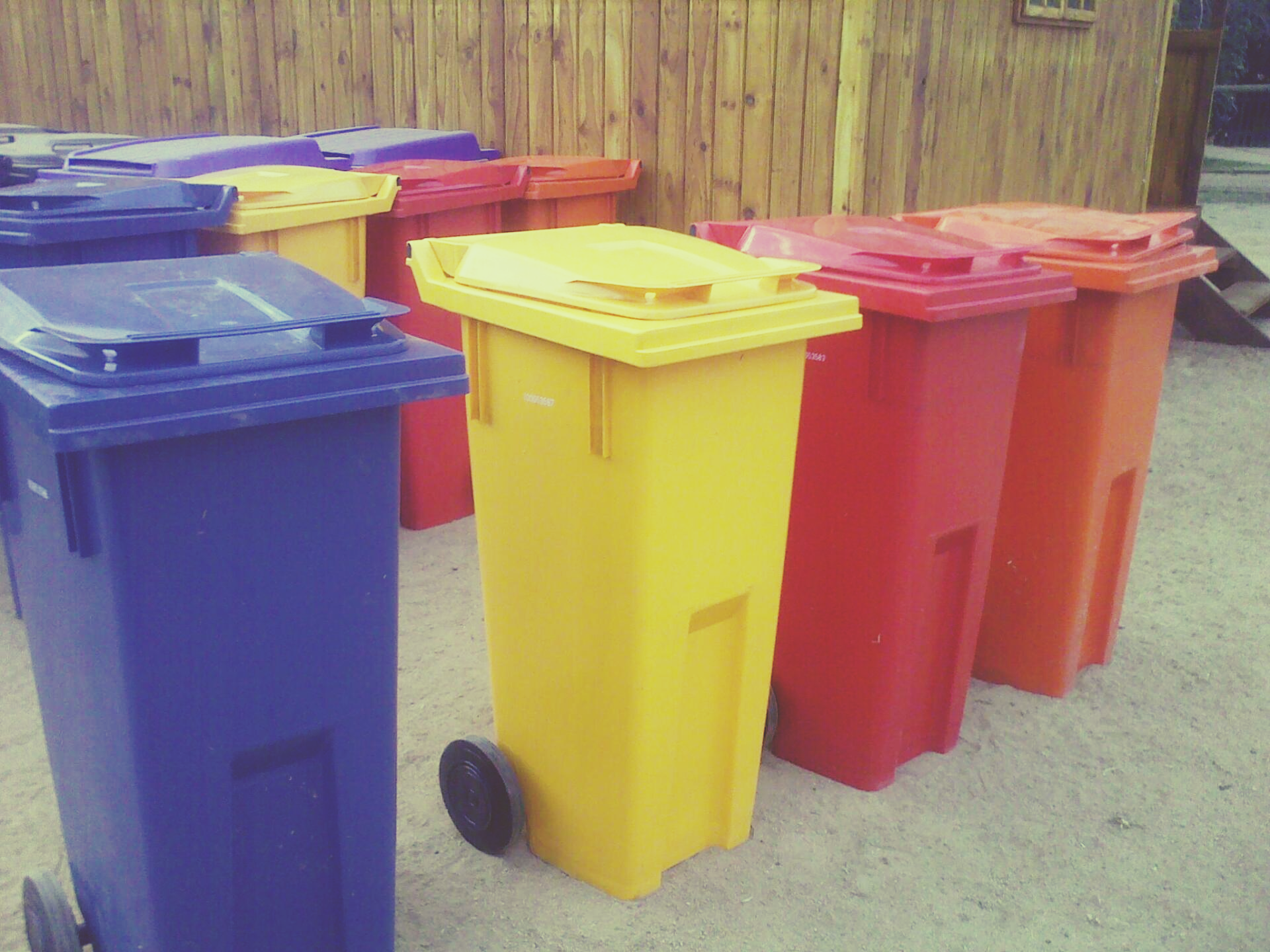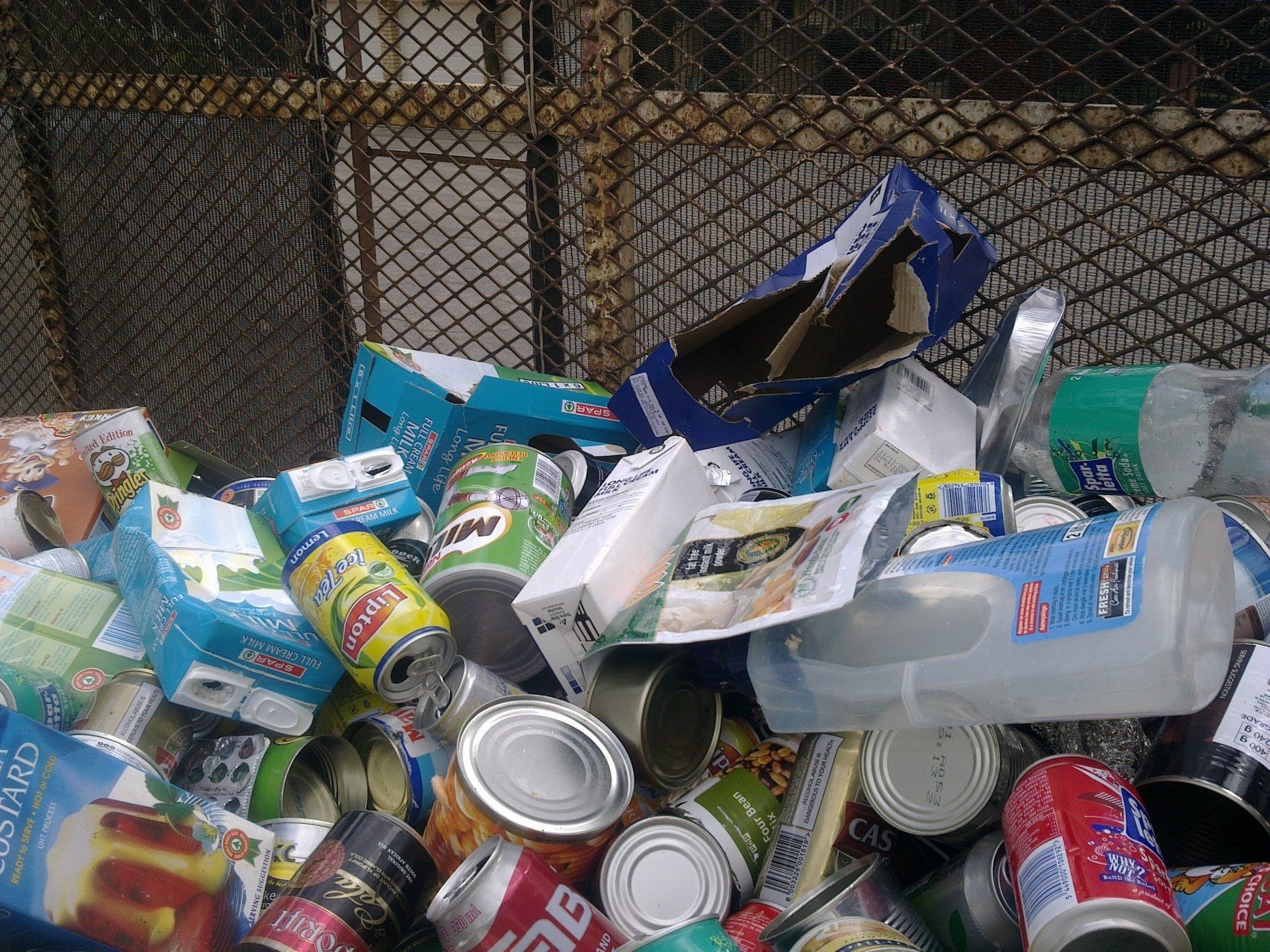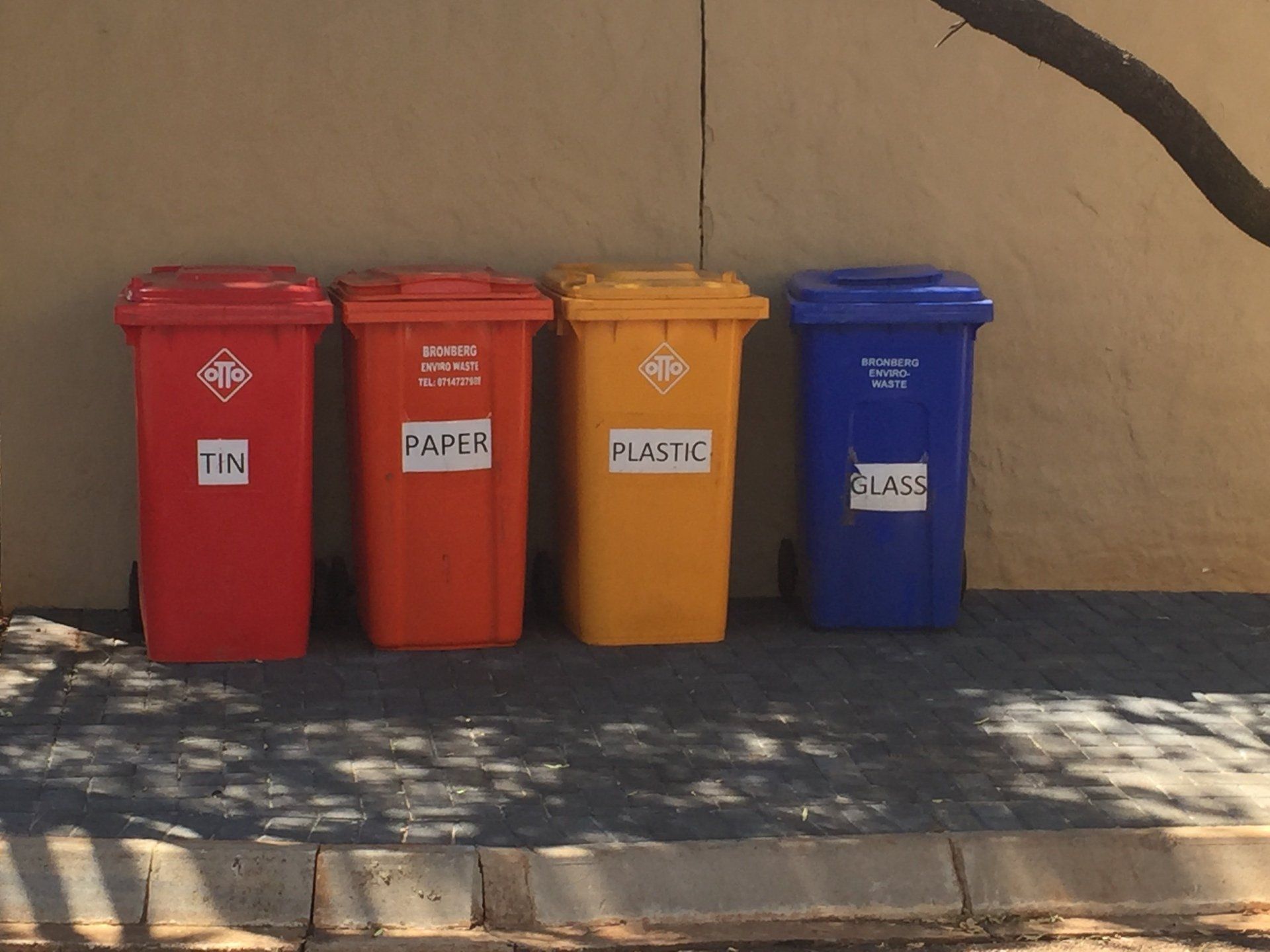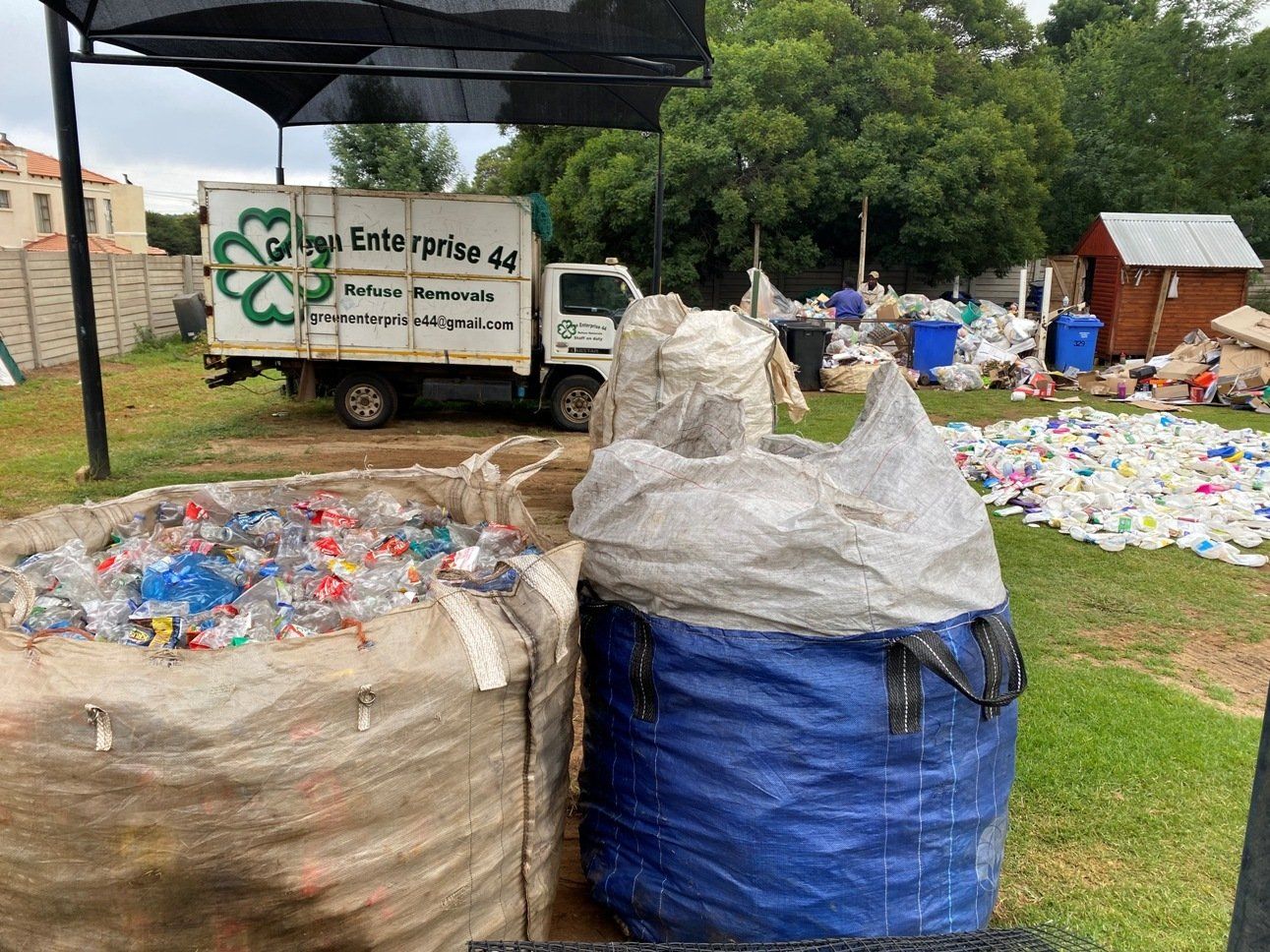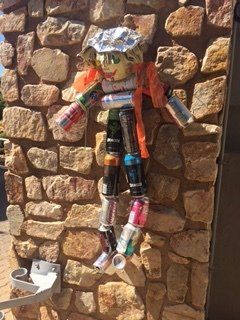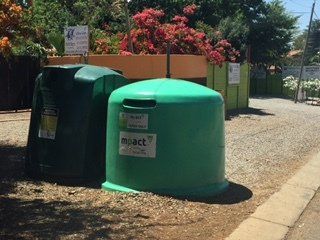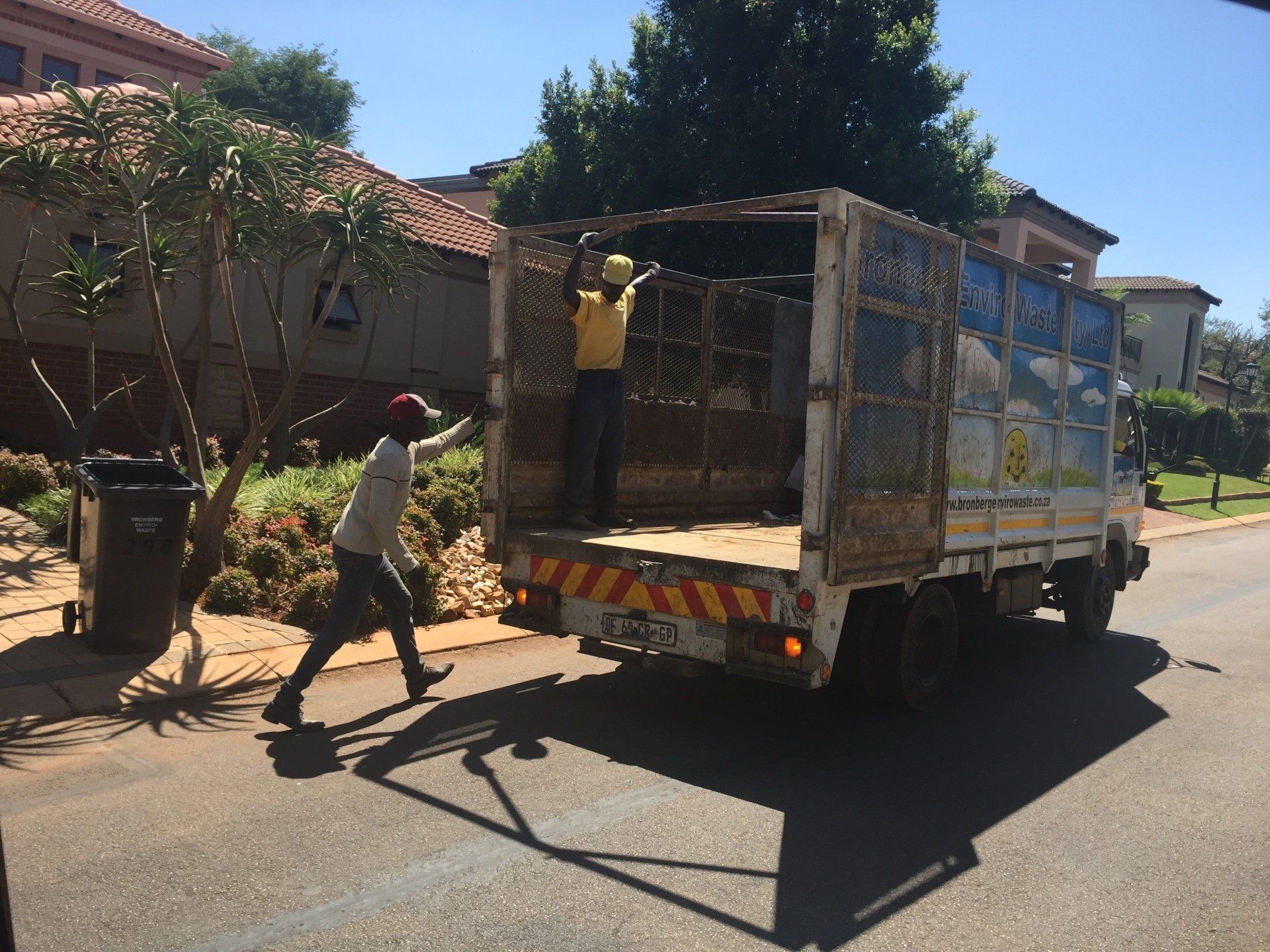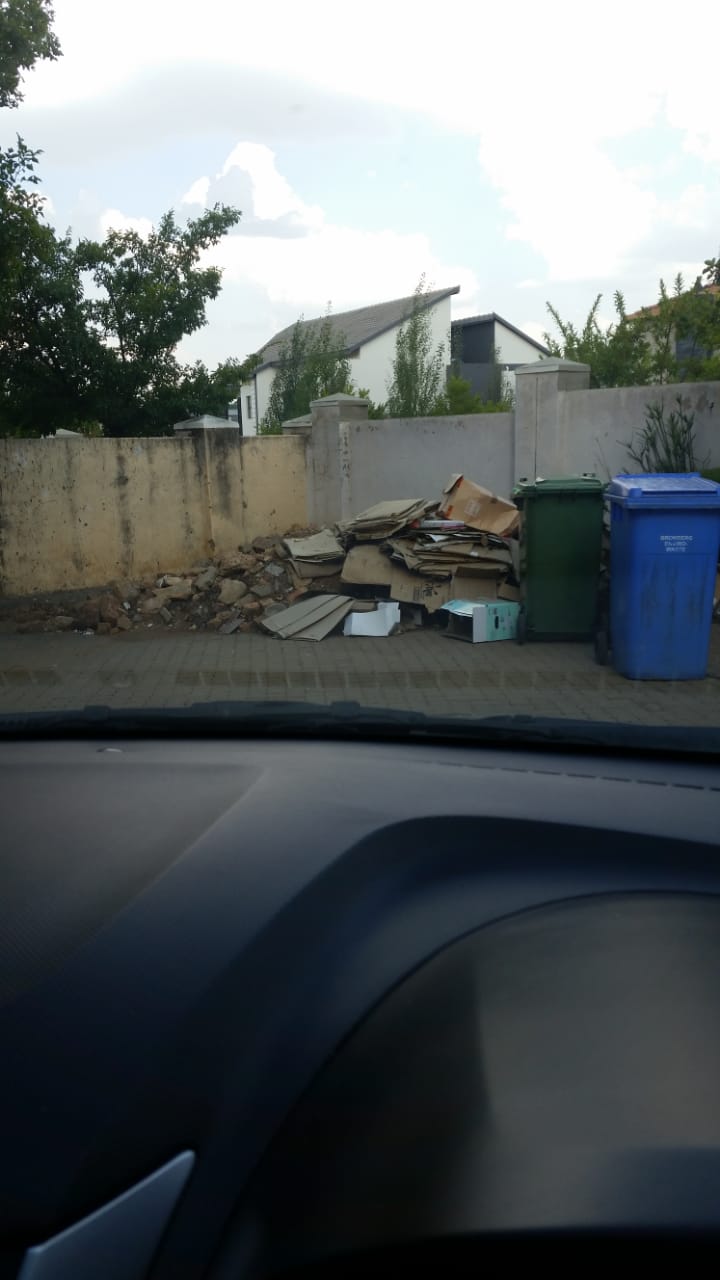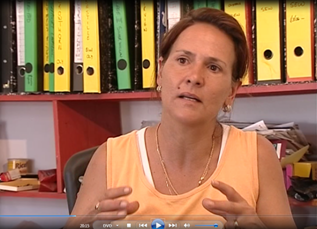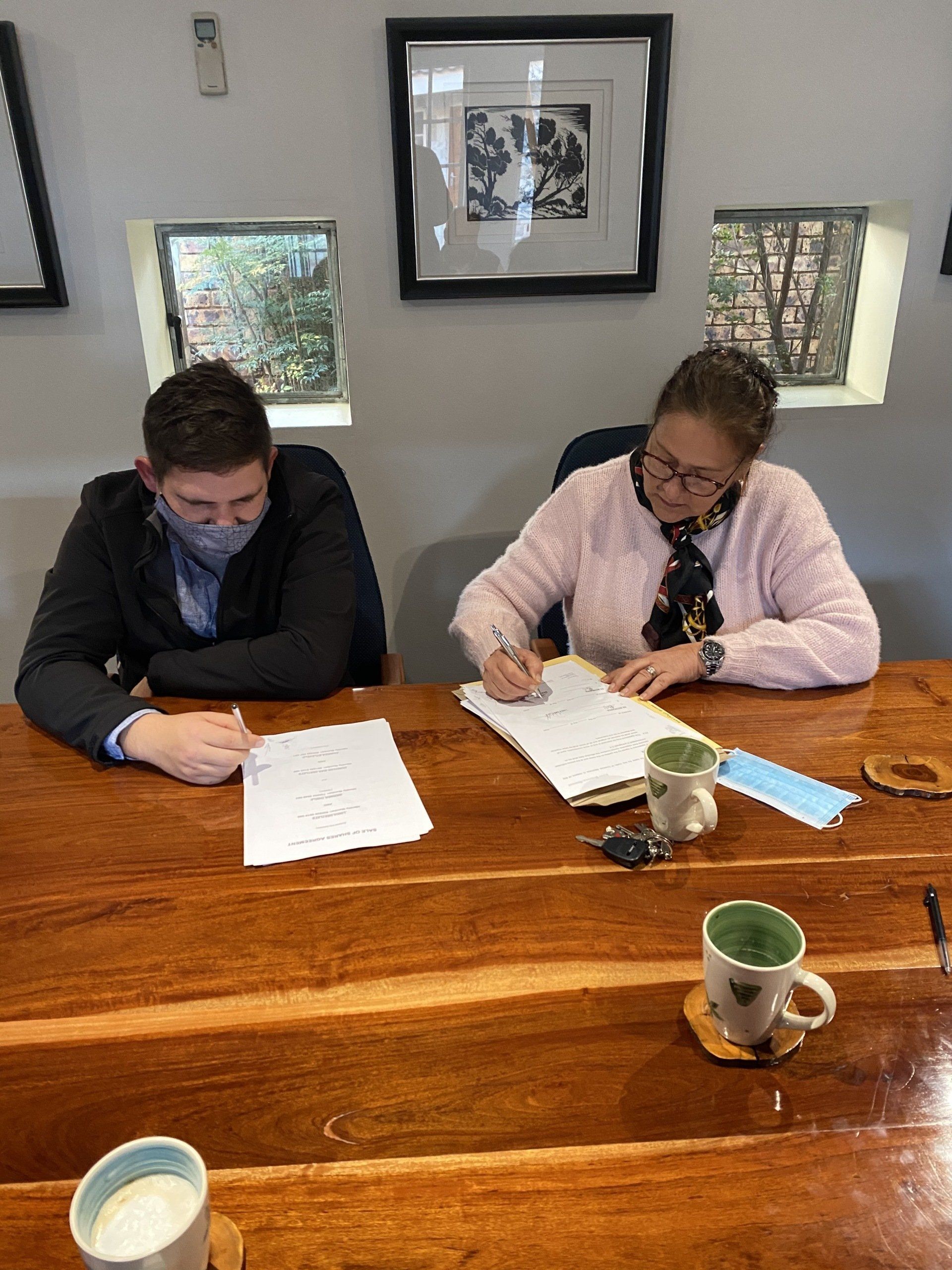Recycling
What To Recycle and What Not?
There has been a strong notion over the past few years that the recycling industry is moving towards the materials with the lowest possible resistance and efforts. Existing, as well as new recyclers targeted the most common product lines where they were assured of steady supplies of incoming materials and where the markets for recycling were well established. Very little, if any, effort went into developing markets for less common materials. Inevitably, these materials offer higher margins but are available in smaller quantities and also require better technical skills. It is more attractive to venture into known territory.
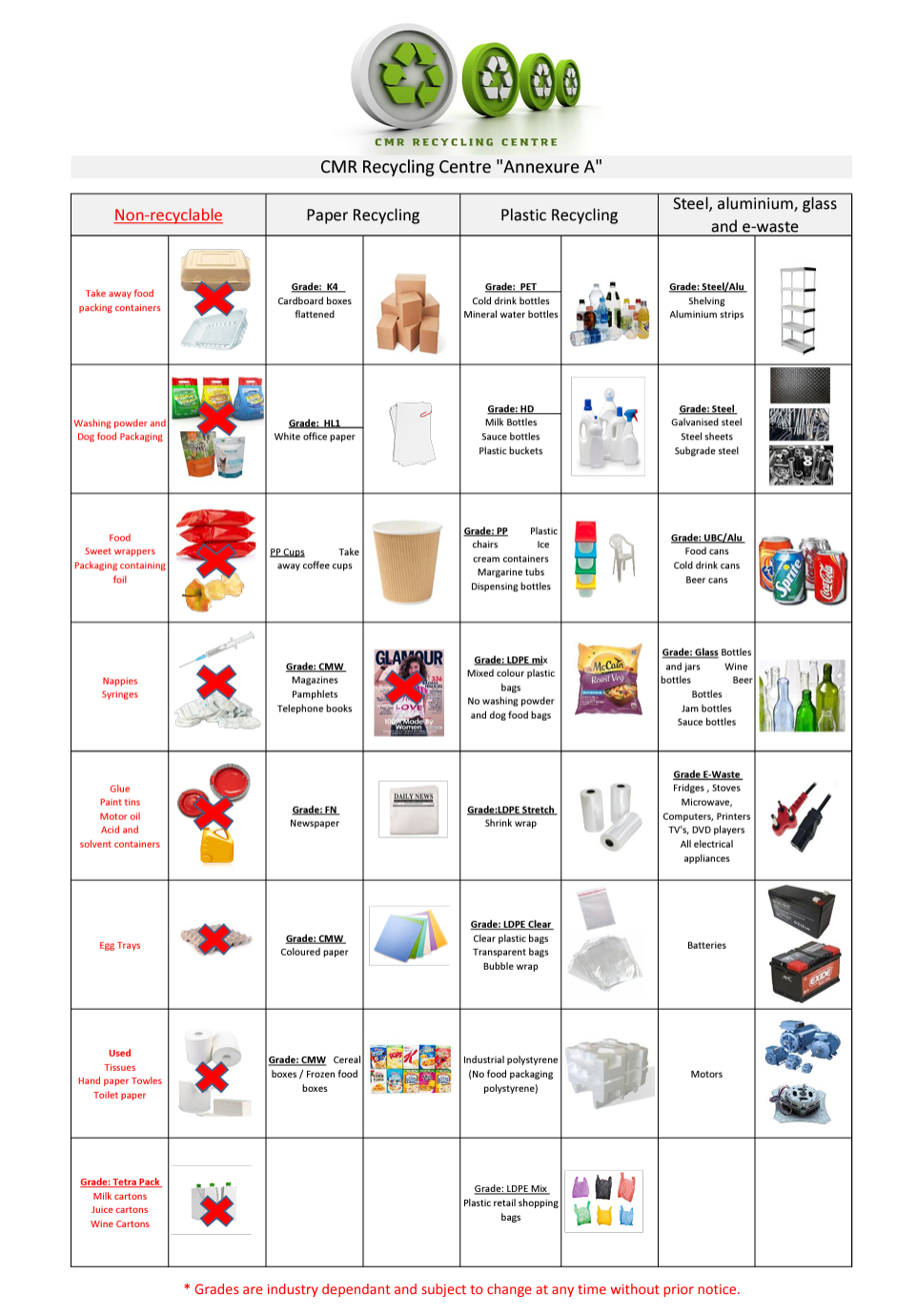
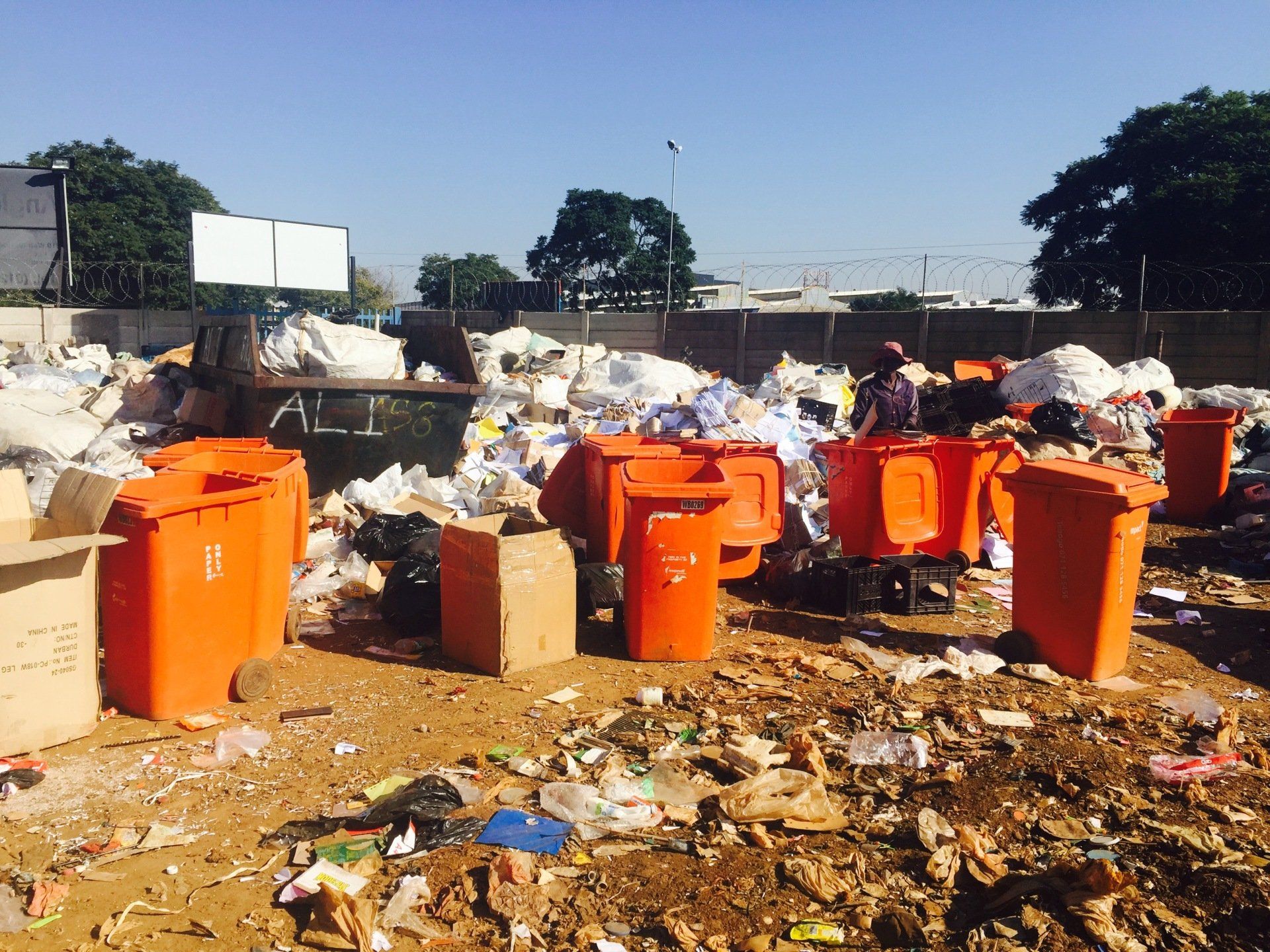
Plastic products not being recycled in South Africa in any substantial quantities
The following products are not recycled in any substantial quantities or not recycled at all in South Africa for various reasons:
A substantial number of polymers are not listed above as they are more likely to be used for a longer working lifetime in engineering type applications, e.g. sky lights, gutters, washing machines and optical fibre cables, etc.
Recycling Notes
Recycling Notes – Climate Change Statement
At Bronberg Enviro Waste we take environmental pollution serious in our business.
We ensure our clients understand the extra costs of collecting recyclables and then the labour intensity of maintaining a yard, where sorting takes place.
FAQ
Recycling is an add on service and clients connect voluntarily.
Due to the cost involved to recover recyclables, this service is only provided to participating Estate/Body Corporates
As soon as the Community decides in principle that they are prepared to request a Quotation, we will arrange a meeting to discuss your specific circumstances.
In the meantime, the Estate Managers should determine if the residents want to recycle and place a Glass & Paper Bank on the property or is the requirement from door- to- door which is the more expensive option.
The above will be discussed with you at a meeting but the biggest decision will be whether you are willing to either:
- Work directly with the Recycling Company where you are directly responsible for their costs (cheapest option)
- Work through BEW where we will take responsibility for the extra recycling trucks and have the levy added to the normal billing.
- You want to reclaim yourself and then sell the goods to various recycling Companies
We would love to hear from you.
Service providers approved for collecting domestic waste and offering ‘free’ recycling”, ceased these services or now include this add-on services to their billing. The cumbersome and labour-intensive process, with the recycling companies is extremely poor due to low profitability.
Informal recyclers:
Bronberg Enviro Waste is appointed to collect the domestic garbage in a responsible manner and has an account with Co to dump the garbage at registered landfill sites.
At the landfill sites there are ‘pickers’ that are divided into teams also contributing to recycling for their own pocket. Bronberg Enviro Waste support these initiatives.
